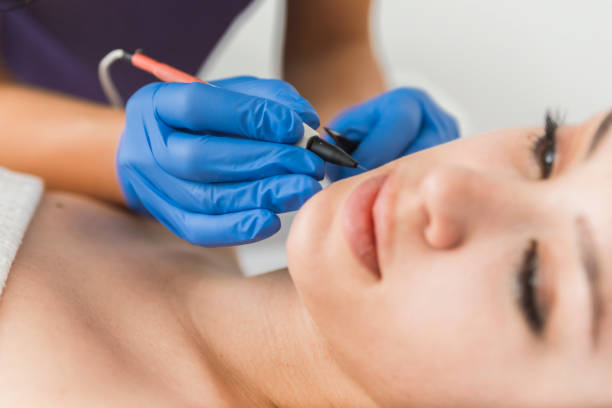Introduction to Electrolysis Hair Removal: Is it Better than Laser Hair Removal? Are you seeking relief from the burden of unwanted hair? If so, electrolysis hair removal might be the solution you’ve been looking for. Electrolysis is a proven method of permanently removing hair from various body areas. This article focuses on electrolysis hair removal, […]
Electrolysis vs Laser Hair Removal
Electrolysis vs Laser Hair Removal Consider your options Electrolysis vs laser hair removal is two popular methods for permanent hair removal. Both treatments target hair follicles beneath the skin’s surface. The American Society for Dermatologic Surgery reports that laser hair removal has increased nearly 30 percent since 2013. Although electrolysis is gaining popularity, laser therapy […]


